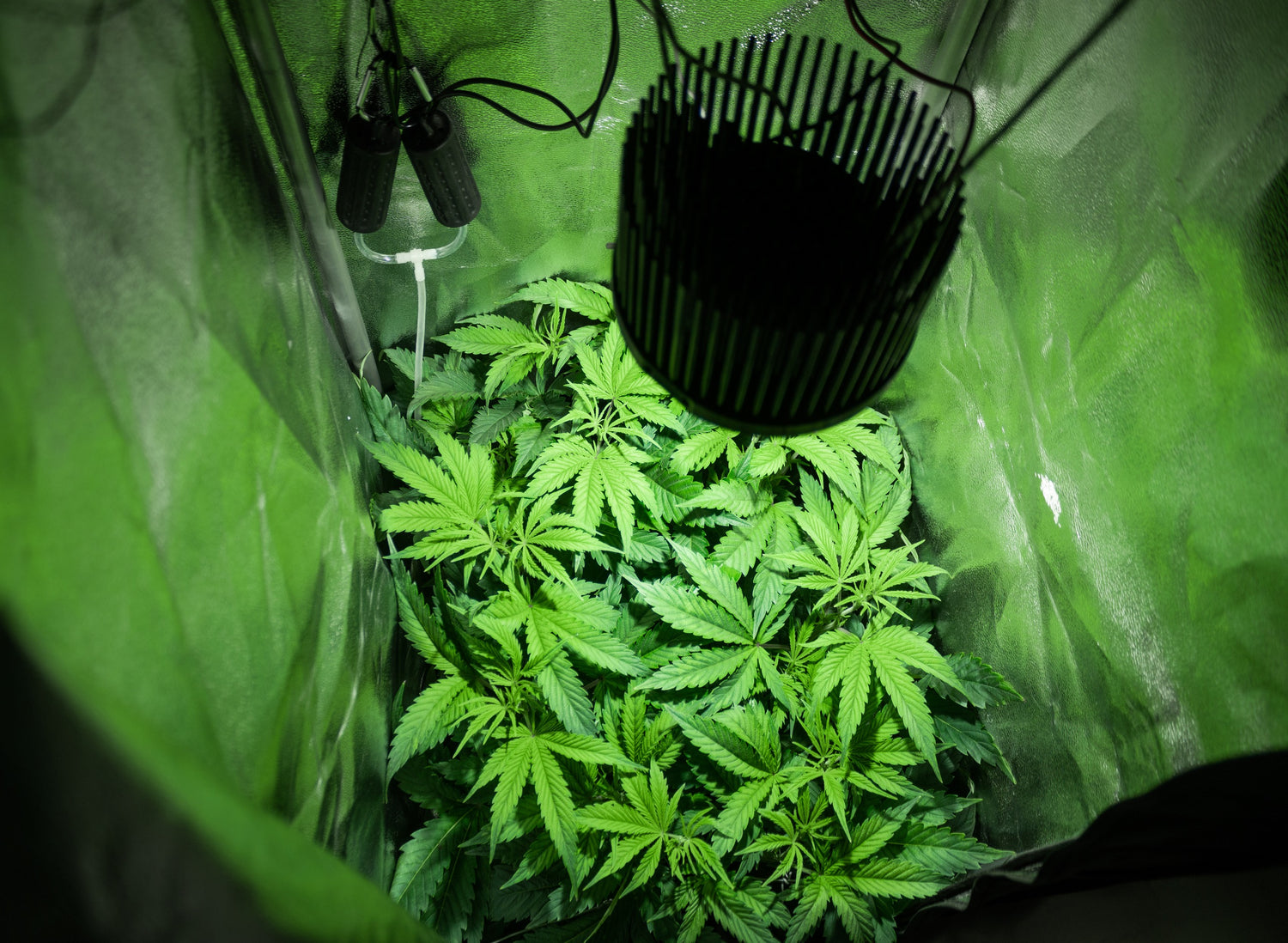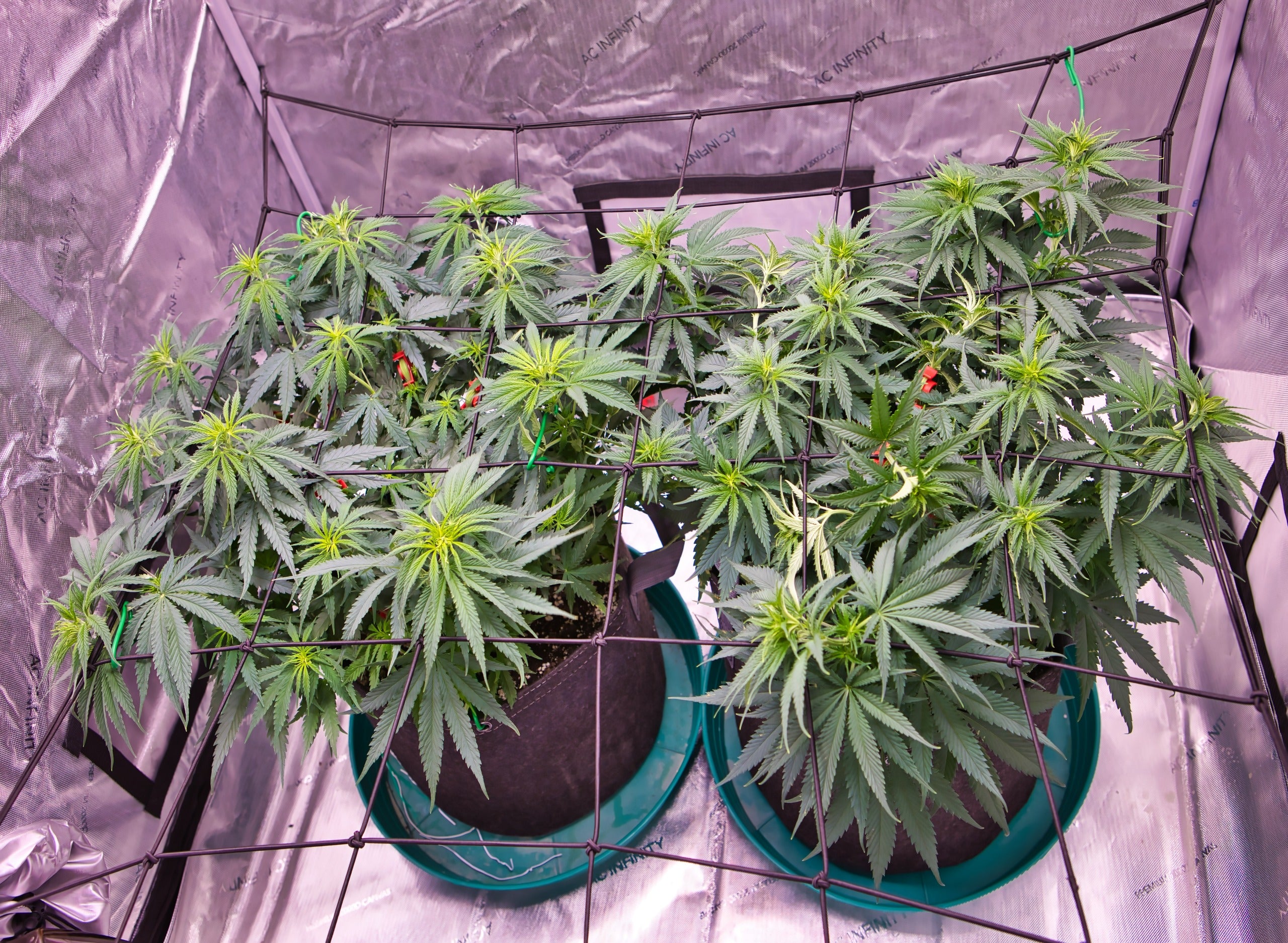When it comes to the cultivation of cannabis, there are several methods growers employ to maximize yield. One such technique is monster cropping. Also known as flowering clones, monster cropping is a unique form of plant training that involves re-vegging cannabis plants during the flowering stage to spur a resurgence of growth. The result is a “monster crop” that offers greater yield and potency. Our comprehensive guide explores this technique to help you better understand how to utilize it properly.
What is Monster Cropping?
Monster cropping is a specialized pruning technique used primarily in cannabis cultivation. Its name derives from the monster yields this technique can produce when performed correctly. Essentially, it involves taking clones from a crop in the flowering weed plant’s stage of growth and reverting them to the vegetative state.
The key benefit of monster cropping is the development of highly bushy plants with numerous branches and budding sites. This phenomenon is triggered by hormonal changes that occur in the plant throughout the re-vegging process. In an attempt to survive, the plant grows multiple branches that, in turn, yield more flowers. As a result, monster cropping also provides a cycle of continuously harvesting weed.
Monster Cropping Cannabis
To better understand monster cropping cannabis, let’s break down the process:
Choosing a Mother Plant: To monster crop cannabis plants, start by selecting a healthy and vibrant mother plant that’s about three weeks into the flowering stage.
Cloning: Next, create marijuana clones of the mother plant by cutting off a branch.
Re-vegging: Once the clone takes root, it transitions back to the vegetative stage under the right lighting conditions. This transition, known as re-vegging, induces the clone to sprout multiple branches.
Flowering: Once the new plant matures, it transitions back to the flowering stage, resulting in a higher yield due to the increased number of branches.
Monster Cropping Autoflowers
Autoflowers, cannabis plants that automatically switch from the vegetative to the flowering stage, present a unique challenge for monster cropping. Unlike photoperiod strains, autoflowers don’t rely on light cues to flower, which makes it difficult to revert them to the vegetative stage. This challenge makes monster cropping autoflowers less common, but with precise timing and care, it’s still possible to achieve some benefits.
How to Monster Crop
The success of monster cropping lies in carefully balancing timing, lighting, and care. Here’s a step-by-step guide on how to monster crop:
Clone Your Plant: Start by cutting a branch from a flowering plant around the 21-day mark after the switch to the flowering phase.
Root the Clones: Use rooting hormone on the cuttings, then plant them in a medium.
Transition to Vegging: Once rooted, gradually expose the clone to more light until it’s under 18-24 hours of light, initiating the re-vegging process.
Transplant and Grow: Once the clone starts exhibiting bushy growth, transplant it to a larger pot and allow it to grow, keeping it under vegetative lighting conditions.
Initiate Flowering: When the plant is mature, change the light schedule to 12 hours to initiate flowering.
Remember, growing cannabis indoors allows you complete control over light schedules, making it easier to monster crop.
The Benefits and Drawbacks
There are several advantages to monster cropping. For starters, it allows growers to maintain a continuous harvest without requiring cannabis seeds. Also, the resultant bushier plants provide a greater yield with more bud sites, leading to a more bountiful harvest. Furthermore, the harvested buds often have a higher concentration of terpenes, the compounds responsible for the smell and taste of cannabis, enhancing the overall user experience.
Monster cropping also plays a role in plant management and spatial utilization. In most cases, this technique is combined with cannabis super cropping, a method of strategically damaging the plant to enhance growth. This combination encourages horizontal growth and efficiently utilizes available space, especially in indoor growing setups.
However, the technique is not without its drawbacks. Monster cropping requires more time compared to traditional growing methods due to the re-vegging process. It also requires significant expertise and a thorough understanding of cannabis plant life cycles. Additionally, while monster cropping can be performed on autoflowers, the results are not as consistent or predictable as with photoperiod strains.
Bottom Line
Monster cropping is a unique and innovative technique that, when executed correctly, can deliver significant rewards in terms of cannabis yield and quality. While it presents a few challenges and requires a deep understanding of cannabis cultivation, the potential benefits make it a technique worth considering for any dedicated grower.
From providing a way of continuously harvesting weed to the possibility of enhancing the potency and terpene profiles of your crop, monster cropping is a game-changer. As with any advanced growing technique, it necessitates patience, care, and above all, passion. With these elements, and the guidance provided in this guide, your journey toward mastering monster cropping can begin.














Leave a comment
All comments are moderated before being published.
This site is protected by reCAPTCHA and the Google Privacy Policy and Terms of Service apply.